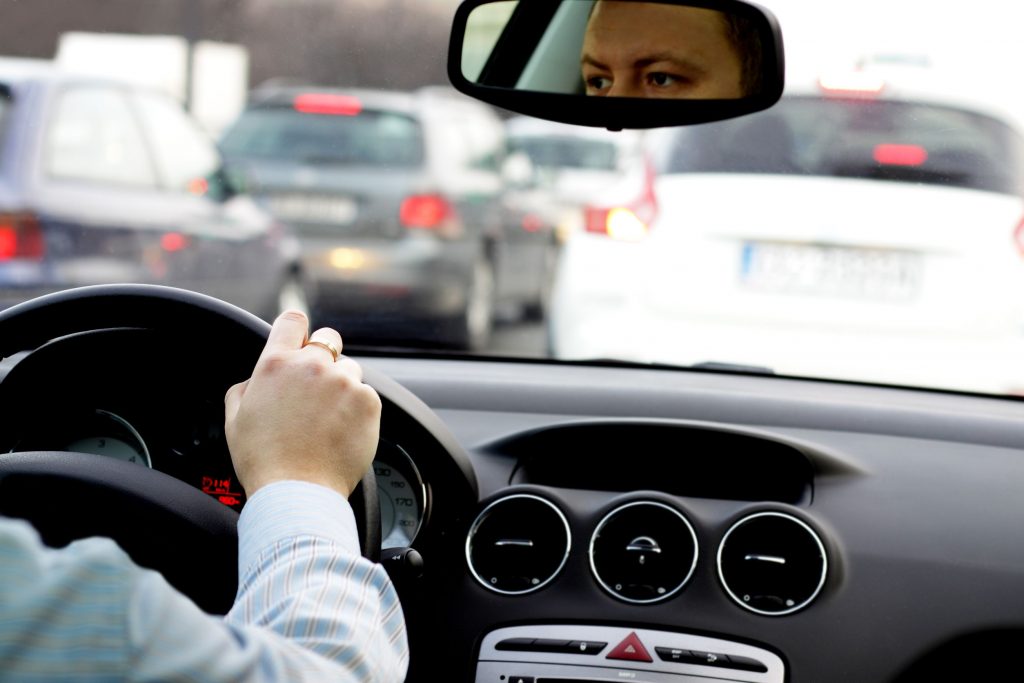
Technology and modern design has undoubtedly improved safety for everyone. However, modern technology does not prevent human carelessness. The following article will provide a few examples and perspectives with the intent of offering a different view on modern technologies.
Automation and Cars
It has been proven time and again that human error contributes to at least 90 percent of all car crashes. In response to this fact, the development of autonomous cars has become a reality. The idea is simple: if you remove human error as a factor, then you will reduce the number and possibly the severity of car crashes.
One car that is already available to the public with such an “autopilot” mode, is the Tesla Model S. The car has some impressive features, such as the ability to detect other vehicles and adjust the car’s speed and movement to drive on its own. The feature could very well save lives, although, some people have become too comfortable with the new features.
So, what problem could autonomous cars possibly pose?
The problem is that autonomous cars bypass human carelessness, instead of addressing it. People may one day put full trust on a car’s autonomous programing, which makes a defective car all the more dangerous.
An example of this has already occurred. An incident on May 7th marked the first reported case of a man who died while driving his car on autopilot mode. Joshua D. Brown died in Florida when his car’s cameras failed to distinguish a tractor trailer from the sky. The car did not apply its brakes and caused the car to careen through the trailer, killing Brown.
Putting full trust in a car’s autonomous systems should perhaps be considered a careless act in itself. A reasonable person would not sleep, or watch a movie, or text on a cellphone while driving a car, yet autonomous cars seem to make these actions more rational. Technically, you do not even need awareness of your surroundings when you drive, if your car is aware of them for you. This kind of thinking is what creates an “illusion” of safety.
Ironies of Automation, an essay by Lisanne Bainbridge, outlines the full impact of automation on human operators. The essay explains how automation will limit the needed experience and qualification of people to operate machines manually. After all, if a machine runs all on its own at the push of a button, then you wouldn’t need much skill or knowledge to operate it. This is a problem, because when these machines fail the operator will not know how or have the skills to properly operate a machine.
Aviation Safety
There have been numerous improvements to airplane safety. One such device called a “Fly By Wire” allows the aircraft to use computers to adjust the hydraulics of an airplane and can enforce certain safety parameters to help the pilot fly safely. In fact, the “Fly By Wire” was even partly credited to the safe emergency landing of a U.S. Airways Airbus in the Hudson River.
However, similar safety systems have also been an alleged factor in crashes. The Asiana crash that occurred in July, 2013 was found to be caused by over-accommodating technology and under qualified staff, according to the National Transportation Safety Board (NTSB).
NTSB Chairman Chris Hart stated “In their efforts to compensate for the unreliability of human performance, the designers of automated control systems have unwittingly created opportunities for new error types that can be even more serious than those they were seeking to avoid.”
In another case, a private jet crashed on an airstrip when the pilot neglected to disengage the “gust lock system” which prevents the aircraft from taking off while engaged. The manual throttle used in the aircraft was blocked by the gust lock/throttle lever interlock, a feature that would prevent acceleration. The pilot instead used the autothrottle systems which bypassed the gust lock and allowed the aircraft to accelerate to over 170 mph. The resulting crash killed all seven passengers and crew on board. A simple flight control check before takeoff would have prevented this accident.
The matter of pilot carelessness has been a source of concern, and rightly so it seems. What is needed is a safety device, that not only overrides operator negligence, but also ensures the capability of the operator in any machine.
Conclusion
This article is not suggesting that safety technologies and automation should be removed from vehicles and aircraft. The main concern is that as machines become more simple to operate, people must maintain awareness and ability to operate machinery manually to be safe. Human carelessness is always dangerous, no matter how safe a machine is.
